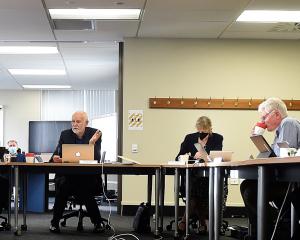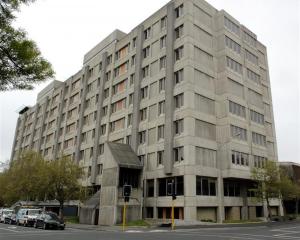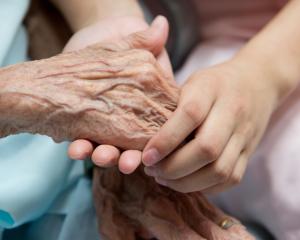The Southern District Health Board has finally made some progress in reducing record waiting lists for radiation oncology treatment, but it fears the Covid-19 lockdown will stall that momentum.
Earlier this year the waiting list reached 160 patients overdue for potential life-saving treatment, and in a report to be considered by the board tomorrow, chief executive Chris Fleming said that list was now down to 108.
However, he warned that much of the whittling down of the waiting list had been achieved by sending patients to Christchurch and Wellington for treatment, and that the shift to Alert Level 4 made that problematic.
"However, we are managing performance carefully, on a weekly basis."
While medical oncology, which had a static waiting list between 60 and 70 patients, had not posed the SDHB as many challenges, Mr Fleming warned that that might be about to change as a locum oncologist was about to leave.
"We have put a call out to our colleague DHBs asking whether they may have medical oncologists looking for locum work and we have asked our recruitment partners to prioritise these roles, both locum and permanent, in our recruitment campaign.
"We have recently put a job offer out for a permanent senior medical officer (SMO), and we have another SMO ... looking like we will be able to put an offer out to them, as well."
If both those staff were successfully recruited, the service would be well staffed, but in the interim temporary cover needed to be found, he warned.
Meanwhile, the board had agreed to consultancy firm Ernst & Young doing a survey of staff requirements for its oncology service and comparing its staff levels to other DHBs, Mr Fleming said.
"This will enable us to propose additional investment to close any obvious gaps with the intention of ensuring that our first step in addressing resourcing challenges in the services is to ensure that we have comparable staffing levels to our peers."
In a separate report to the board’s hospital advisory committee, specialist services executive director Patrick Ng said that in the past financial year, in the 31-day target for the first cancer treatment to be completed following the decision to treat, the SDHB had achieved 82%. The Ministry of Health target is 85%.
However, for the 62-day target — the time between first referral and first treatment — it had reached just 71% in the previous year, although that had reached 80% in the final quarter.
The board was now examining all cases about to breach the treatment target and re-classifying patients who had chosen to delay treatment or who had unusual or complex cases.
"We are also looking at those patients who are at risk of genuinely breaching, to determine what actions can be taken to prevent a breach," he said.
"Where a breach is inevitable, we are maintaining a log of the breach reasons, which will enable us to consider process improvements which will improve our services in the longer term."











